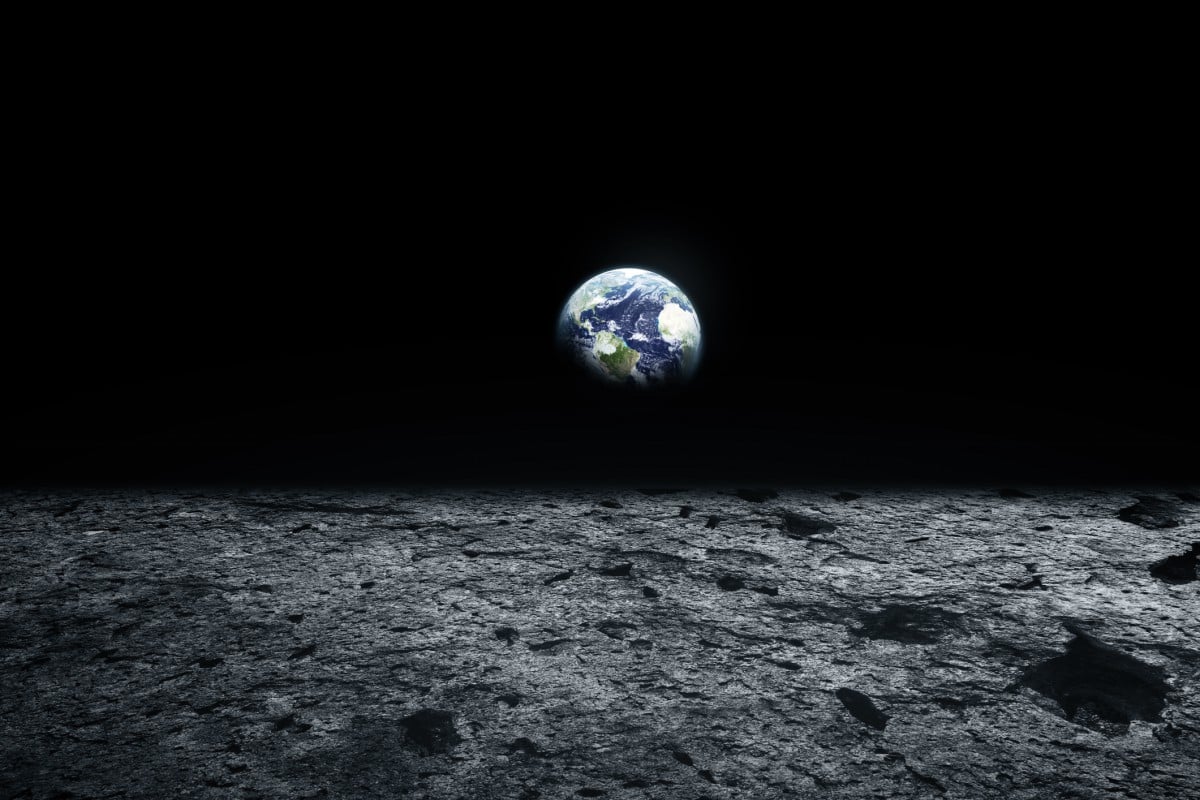50 years after humans walked on the moon, what’s the next giant leap?

Saturday, July 20, 2019 marks the 50th anniversary of the first human steps on the moon. Even if you were born into a world where roundtrip moon travel was a reality and not just, um, a moonshot, it would be worth watching the recording of Neil Armstrong stepping onto the surface of the moon. It is hard not to feel a deep sense of awe even half a century later.
When we think of the world’s first moon landing, the public consciousness focuses on the two people and the two hours they spent walking on the surface of the moon. Those moments were the pinnacle of the Apollo mission.
But what about all the small steps involved to reach that moment? What did it really take for that giant leap to happen?
“One small step for man, one giant leap for mankind” (And a lot of time, brilliant minds, and funding)
In a speech to a special joint session of the U.S. Congress on May 25, 1961, President John F. Kennedy made the ambitious objective crystal clear: “I believe this nation should commit itself to achieving the goal, before this decade is out, of landing a man on the moon and returning him safely to Earth.” And the Apollo program took off.
Eight years, countless hours of research and development by scientists and engineers from myriad disciplines, and five crewed Apollo missions later, Neil Armstrong and Buzz Aldrin walked on the moon. Ultimately, between 1969 and 1972, twelve astronauts and six spacecrafts would touch down on the moon. According to a recent analysis by The Planetary Society, the United States devoted $25.8 billion to Project Apollo. Adjusting for inflation, their analysis equates this sum to $263.8 billion in 2019 dollars.
Earth is the next moonshot
Fifty years after the 1969 landing, we have a clearer understanding than ever of the impact of industrialized civilization on our home planet: forestalling and reversing the degradation of earth’s ecosystems is the next moonshot.
It’s no longer a secret that transforming the food system—specifically meat, egg, and dairy production—is one of the most powerful levers we have in this global mission. Meat consumption is rising, both per capita and at a population level. It is expected to increase by more than 50 percent by 2050. Intensifying current production methods to meet demand will push earth’s ecosystems past the limit.
Animal agriculture already takes up 77 percent of all agricultural land on Earth despite supplying only 17 percent of humanity’s food supply. Meat, eggs, and dairy production cause more climate change than the exhaust emissions of every plane, train, bus, car combined. We need to produce these foods more efficiently and sustainably.
And fortunately, we can. Innovators are figuring out how to make meat, eggs, and dairy directly from plants (plant-based) or through cellular agriculture (cell-based). Accelerating this progress should be a top governmental priority.
The government should invest in a sustainable future
Imagine for a moment if the U.S. government decided today that it would dedicate $263.8 billion to help lead the development of a global food system where nourishing, sustainable food is also the most accessible and delicious. How much could we learn about the most effective ways of sourcing and scaling plant proteins and ingredients? What types of innovation might we see toward robust, scalable methods for cell-based meat production? Could we mitigate the existential threats currently facing Earth’s ecosystems such as climate change? Could we protect and revitalize Earth’s finite natural resources? (And we haven’t even talked antibiotic resistance!)
What will humanity’s next giant leap be? I hope it’s an ingenious and creative way to nourish the world sustainably. And I hope the U.S. will join other countries like India, Singapore, Japan, Canada, and the Netherlands, which have recently taken bold strides toward building a better food system through investment of public dollars for the public good.
I hope that fifty years from now, when someone stands on the surface of the moon and looks toward Earth, they can marvel at a vibrant, colorful, life-giving planet.

